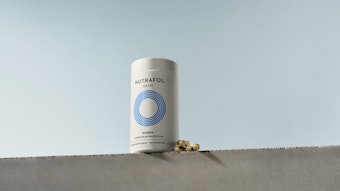Formulating chemists are constantly called upon to use their knowledge and creative instincts to conjure up blends of ingredients to develop functional creams, shampoos and so on. This process is analogous to cooking, which obviously also requires chemistry to perfect edible creations. This article is the second in a four-part series that highlights connections between the chemistries of cooking and personal care product development, including the reactions that occur and why, and how to best utilize these reactions for the benefit of novice formulators. The present article considers the science of meat and fish and how it compares with the formulation of personal care products. A previous article focused on dairy products, eggs and milk;1 additional articles will discuss grains and sugar, and flavors and spices of life.
Science of Meat
Fish, beef, poultry and pork can be generally classified as types of meat and grouped together since they all consist of animal-derived body tissue that can be eaten. In general, the unique flavor of a meat is influenced by the animal’s diet, digestion and percentage of fat fiber. For example, beef from grain-fed cows tastes different than beef from grass-fed cows.










